Summary of the characteristics and taste of espresso Espresso detailed steps of the production process of espresso
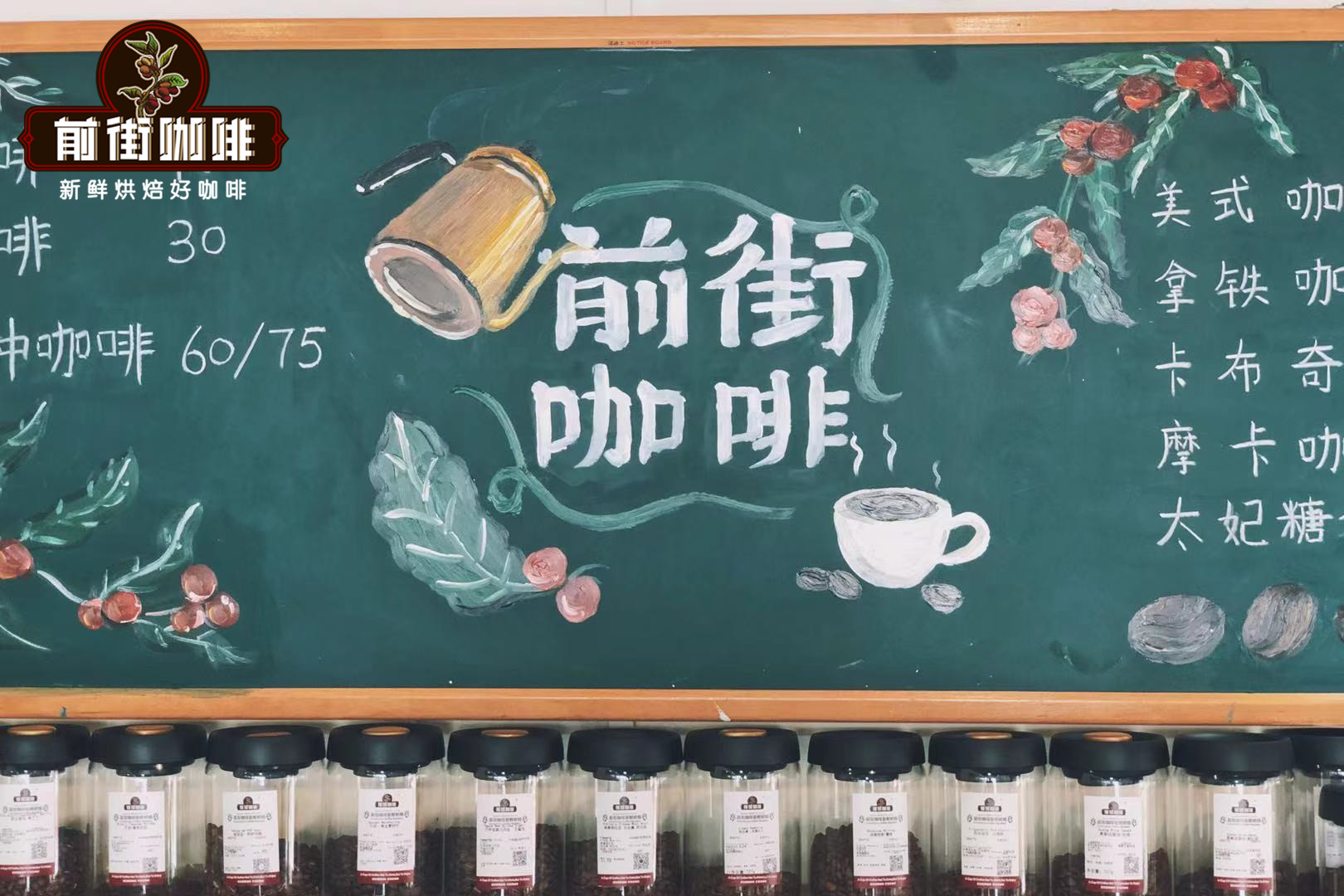
I wonder if any friends have ever tried to see how the barista started the day when the cafe first opened. The barista in front of the street started the day by drinking espresso, watching the barista drink cup after cup of concentrated coffee, and immediately felt terrible. Baristas are both coffee drinkers and coffee drinkers. Is this the right way to drink espresso?
What?! Bridge bean sack (wait a minute)! It's not what you think! But before we can explain how to drink espresso in the front street, we need to know the espresso machine.

History
The first espresso machine was invented by Angelo Moriado in 1884 and was displayed in Turin, Italy. The coffee machine appeared to meet the endless number of coffee drinkers in the store. At that time, the coffee produced by this machine was called "Espresso". In Italian, espresso means to squeeze out. Unfortunately, this is a pressure only 1.5bar double-head coffee machine, coupled with the extraction time as long as 40 seconds, the final product tastes light, more like today's American coffee machine.
In 1901, Luigi Bezzera, an engineer in Milan, Italy, first registered the patented technology of commercial espresso machines. In 1905, La Pavoni first applied this technology to the production of espresso machines, and the world's first real espresso machine was officially launched. Early espresso machines relied on steam to operate, but due to high temperature and limited pressure, the extracted coffee was neither rich in oil nor very bitter.
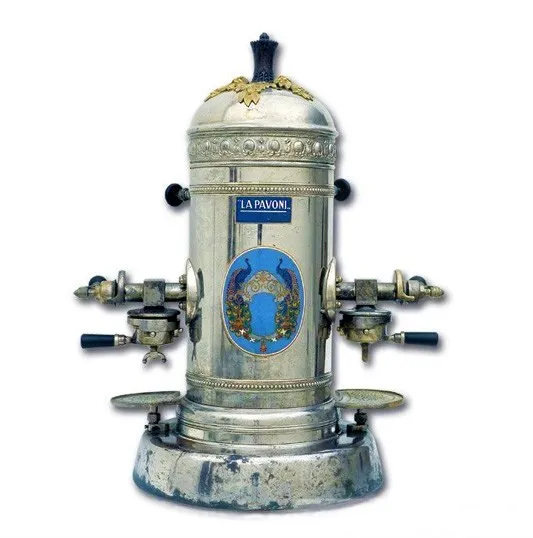
In the 1930s, when the electrical age replaced the steam age, Milan barista Achille Gaggia designed a coffee machine with a piston pressure rod. In 1948, the right to use the patented technology was transferred to Pegasus Faema. In 1961, Pegasus launched the Faema E61 coffee machine, with the advent of water-driven coffee machine, the extraction pressure can reach an unprecedented 9bar, since then, espresso is characterized by the iconic emulsified oil (crema), strong flavor, rich and sticky taste.
Principle
Today's espresso is made far away from espresso, which is mostly made by applying hot water above 90 degrees Celsius to a pressure of 9 to 11 bars to penetrate the fine coffee powder in a very short time. In this way, the water-soluble and insoluble substances in the coffee powder can be extracted at the same time, and a large number of oil ingredients can be produced at the same time, so that the coffee taste is more mellow and smooth than other coffee.
Espresso espresso
Qianjie produces espresso with a cup of ice water at the same time. Friends who try espresso for the first time may wonder what this cup of ice water is for. Is it pouring espresso into ice water?
If the barista on the front street sees such a move, he will obstruct it in front of the meeting. When espresso is poured into ice water, isn't it an ordinary iced American coffee? What about espresso?
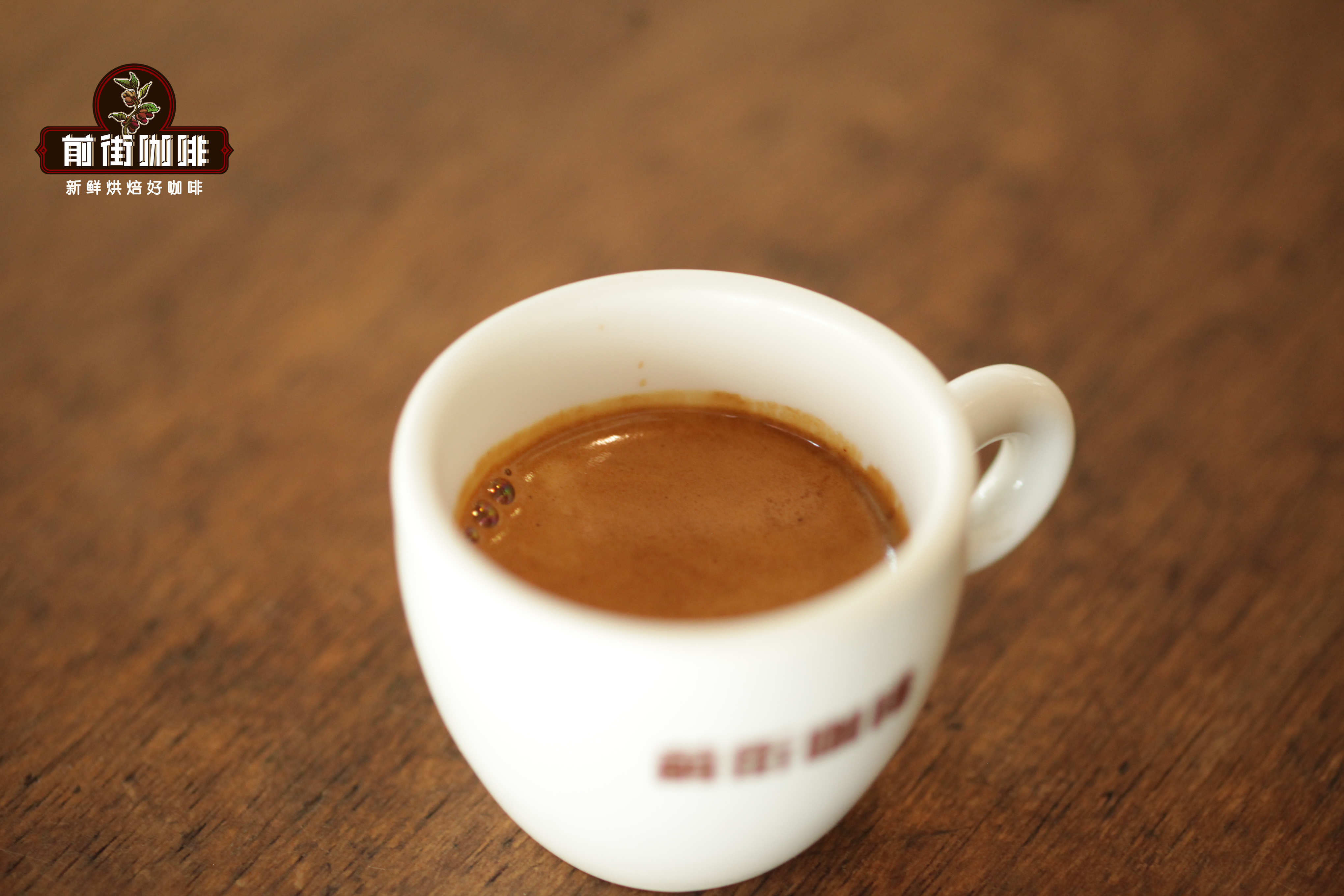
In fact, the meaning of ice water is to let people thoroughly clean their mouth and clear their taste and smell before tasting espresso. Then you can have a fierce collision between espresso and the mouth. With the reduction of coffee liquid in the cup, you can taste the different flavor and taste of espresso from front to back.
In addition, espresso is produced with a small spoon. The function of a small spoon is to stir. In the newly produced espresso, there will be obvious layering, and the partner can mix the foam in the upper layer with the liquid in the lower layer. Of course, you can also use a small spoon as a decoration to taste the subtle taste changes that layering brings to the taste.
The production method of Qianjie Coffee Italian espresso
The steps of making espresso include filling powder, cloth powder, filling and pressing, brewing and so on. However, there are many important factors in extracting a qualified espresso, otherwise it would not happen to the barista to drink and vomit as soon as the coffee shop opens. These important factors are powder amount, extraction amount, grinding degree, pressure and so on.
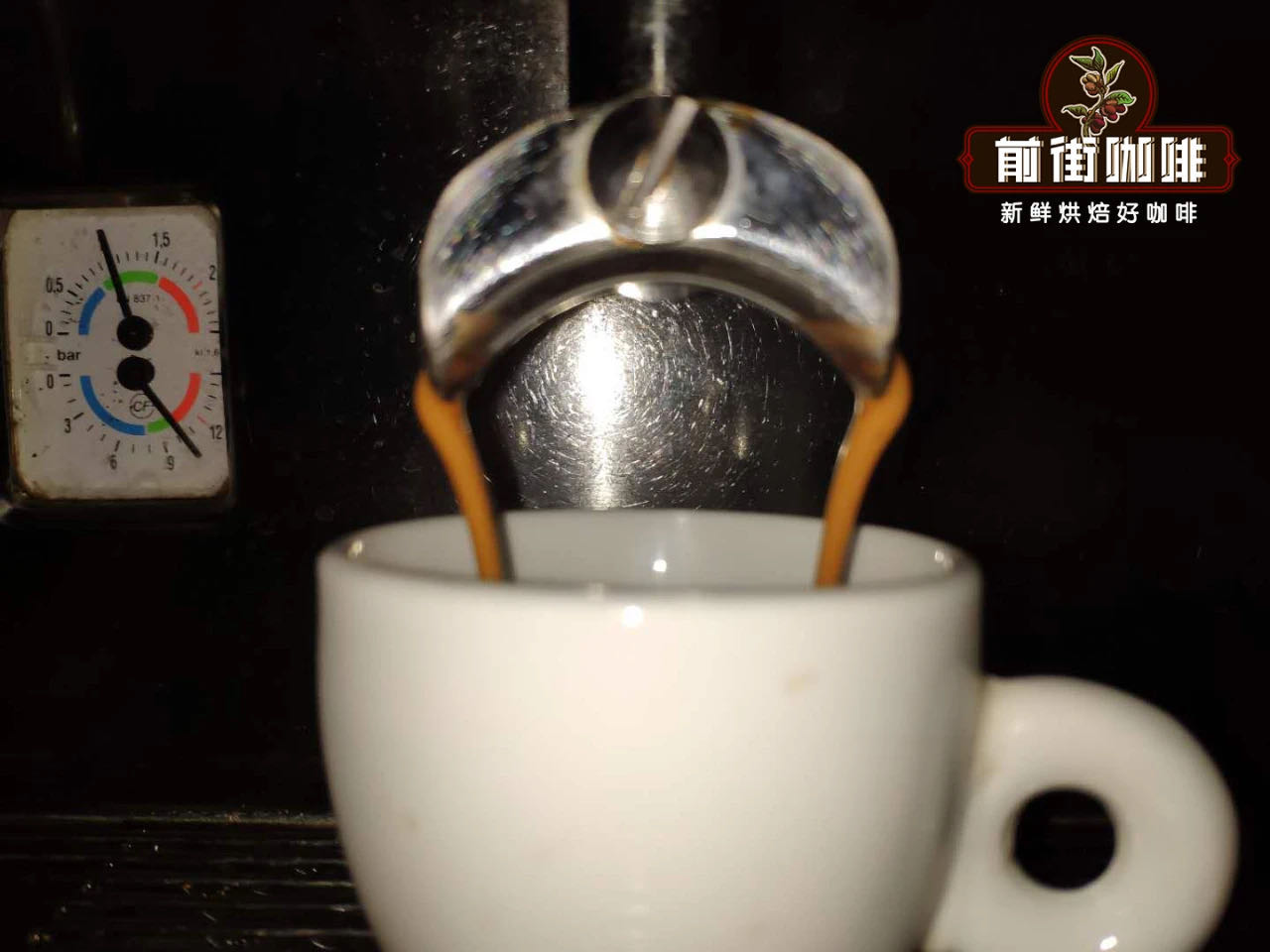
[powder quantity] the amount of powder is generally determined by the capacity of the powder bowl, and then reduced a little according to the state of coffee powder and other factors. If the amount of powder is too much, it will cause the cooking handle to be unable to buckle and cook thoroughly; if the amount of powder is too small, it will cause uneven extraction. The capacity of the powder bowl in the front street is 20 grams.
[extraction amount] generally speaking, the commonly used international parameter is 1:2, that is, the amount of extraction liquid is two cups of powder.
[grinding degree] when the finer the grinding degree, the finer the coffee powder particles, the more coffee substances can be extracted, which may cause excessive extraction; when the grinding degree is thicker, the coffee powder particles are thicker and the contact area between the particle surface and water is less. the less coffee substances extracted, it is easy to underextract. Therefore, the appropriate degree of grinding is very important.
[pressure] the ideal extraction pressure is about 9 bar. If the extraction pressure is too low, the oil components extracted are too few, the high-quality coffee flavor substances are also less, the taste is relatively inferior, and the extraction is easy to be insufficient; if the extraction pressure is too high, the strong hot water and coffee powder have strenuous exercise, destroy too much coffee tissue, so that more insoluble substances are extracted, and the product becomes bitter.
The production method of Qianjie Coffee Italian espresso
Coffee maker: Pegasus E98
Pressure: 9 bar ±2
Temperature: 90.5 ~ 96 °C
Time: 20: 30 sec
Ratio of powder to water: 1. 7: 1. 1: 2.
Powder content: 12g (single espresso) 20g (double espresso)
Extraction concentration: 20ml (single part) 40ml (double part)
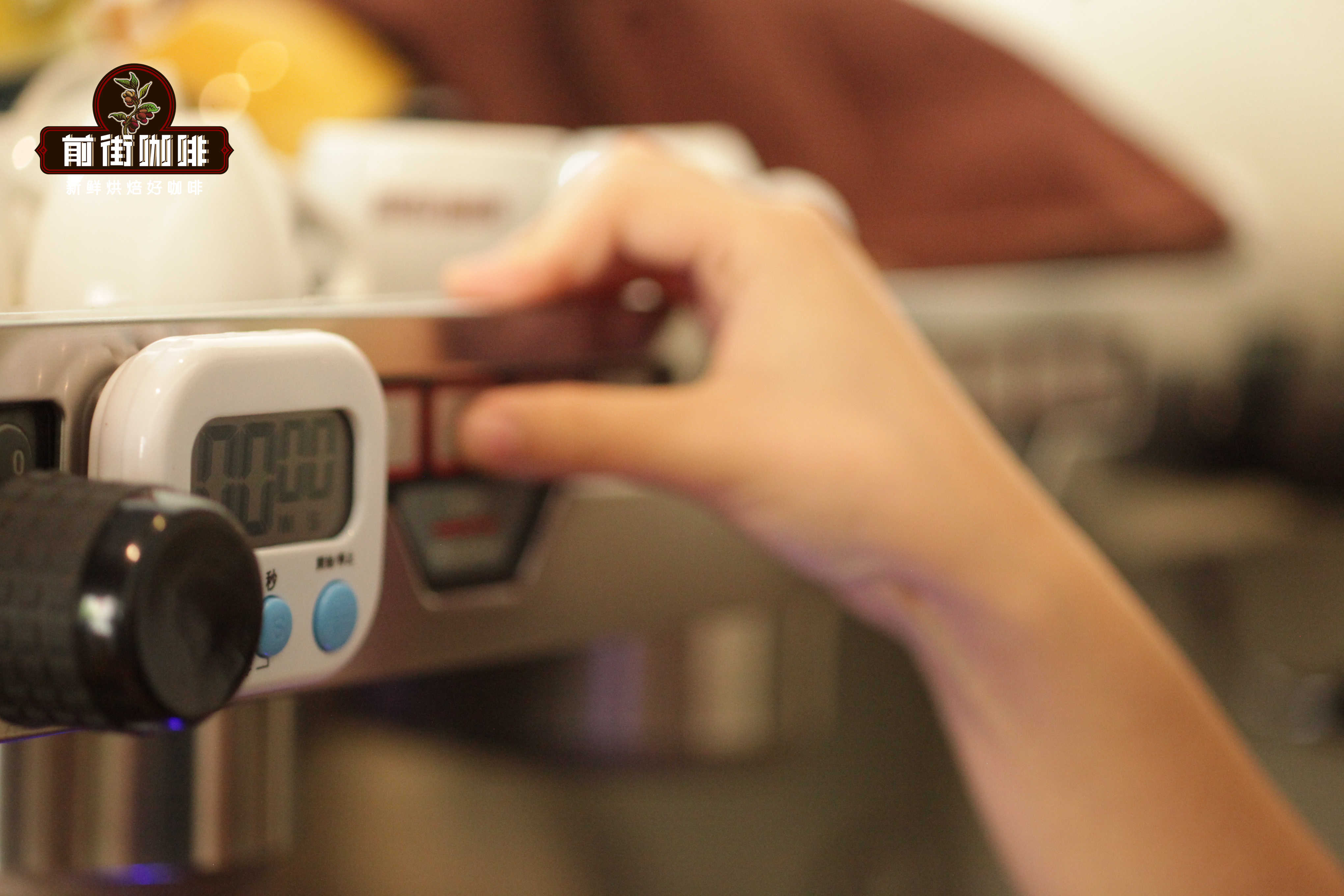
Because the espresso beans used to extract espresso in Qianjie store are sunflower sunflower beans. The beans are made from 70% of Honduran sherry and 30% of Ethiopian sun-red cherries. 70% of the Honduran sherry is fermented in a whisky barrel, providing a strong aroma and vanilla cream flavor for the coffee. 30% of Ethiopian sun-red cherries provide the sour aroma of berries for espresso.
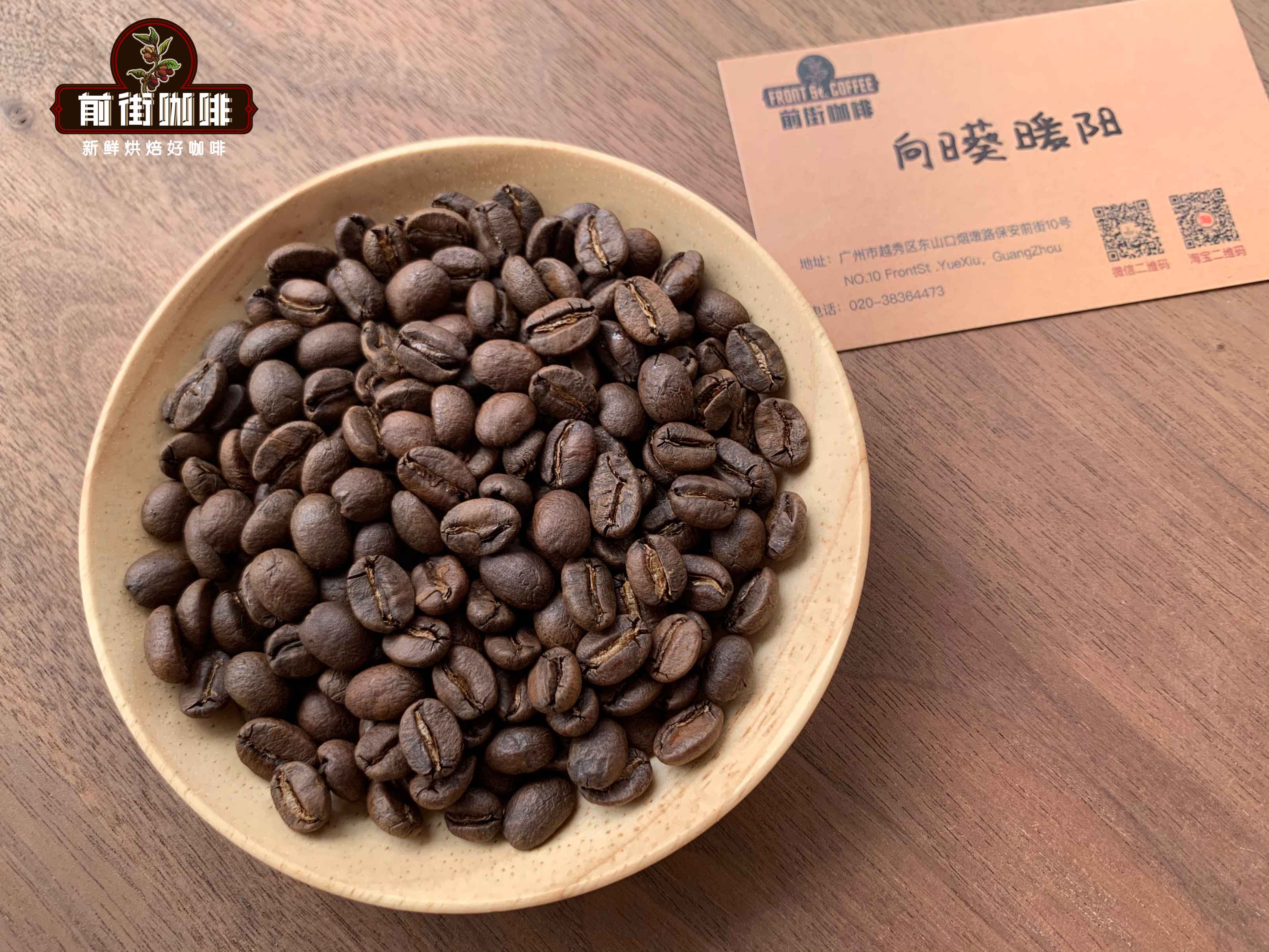
Qianjie coffee sunflower sunflower with beans
Producing area: Honduras & Ethiopia
Varieties: Kaddura, Kaduai, Pacas, native species
Treatment: fine washing Shirley whisky barrel fermentation & sun exposure
The espresso flavor extracted from Qianjie with this blend of beans shows obvious acidity, a hint of berry aromas, rich aromas of wine and chocolate, and a comfortable finish.
For more information about coffee beans, please follow the coffee workshop (Wechat official account cafe_style) and exchange professional coffee knowledge. Please add Wechat account kaixinguoguo0925.
Important Notice :
前街咖啡 FrontStreet Coffee has moved to new addredd:
FrontStreet Coffee Address: 315,Donghua East Road,GuangZhou
Tel:020 38364473
- Prev
Professional coffee roasting | Roller speed of bean roaster
Professional barista exchanges please follow the coffee workshop (Wechat official account cafe_style) all say that baking beans is a combination of rational and perceptual, scientific and artistic knowledge. However, when we see the general public discussion on the Internet, most of them focus on the description of experience and feeling, and there is often no physical explanation of the bean roaster itself or the chemical changes of coffee beans at each baking stage.
- Next
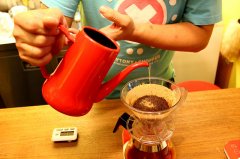
The origin of hand brewing-clever German housewives invented a century-old way of brewing coffee
Professional baristas please follow the coffee workshop (Wechat official account cafe_style) for coffee lovers, part of life is to find three or five friends to drink coffee from different estates in different countries, collect coffee-related utensils and bring fun to life. In terms of diversity, the coffee maker can be said to be unique in this respect, except for all kinds of manufacturers.
Related
- Beginners will see the "Coffee pull flower" guide!
- What is the difference between ice blog purified milk and ordinary milk coffee?
- Why is the Philippines the largest producer of crops in Liberia?
- For coffee extraction, should the fine powder be retained?
- How does extracted espresso fill pressed powder? How much strength does it take to press the powder?
- How to make jasmine cold extract coffee? Is the jasmine + latte good?
- Will this little toy really make the coffee taste better? How does Lily Drip affect coffee extraction?
- Will the action of slapping the filter cup also affect coffee extraction?
- What's the difference between powder-to-water ratio and powder-to-liquid ratio?
- What is the Ethiopian local species? What does it have to do with Heirloom native species?

